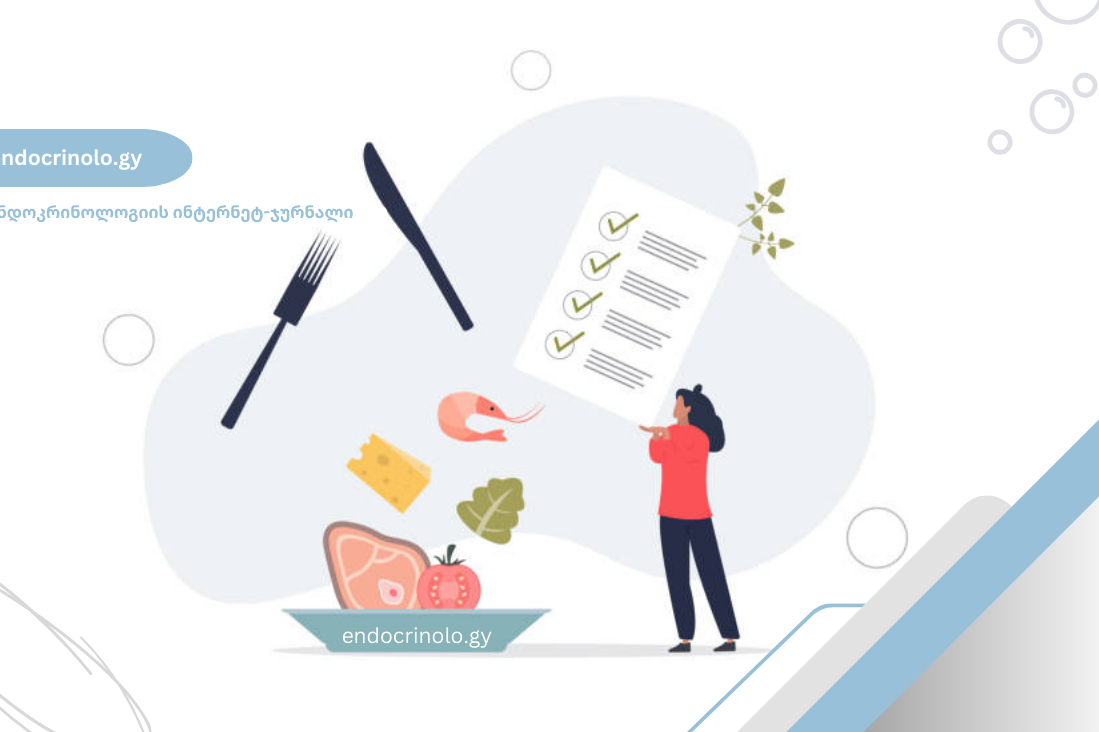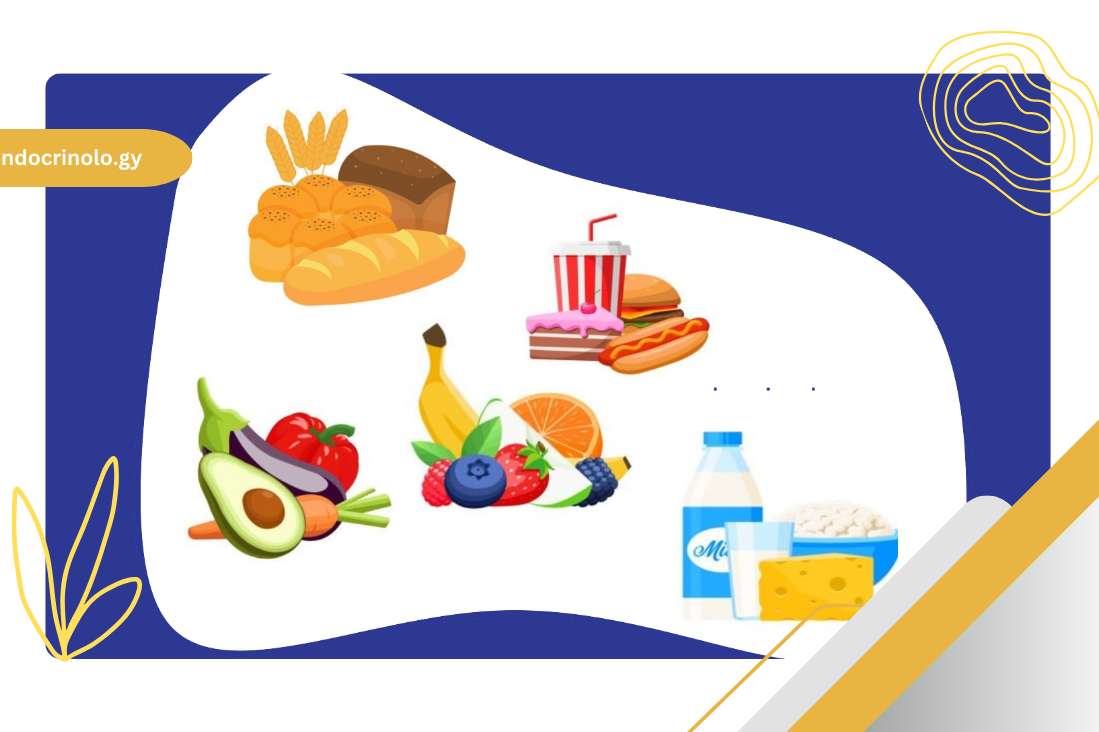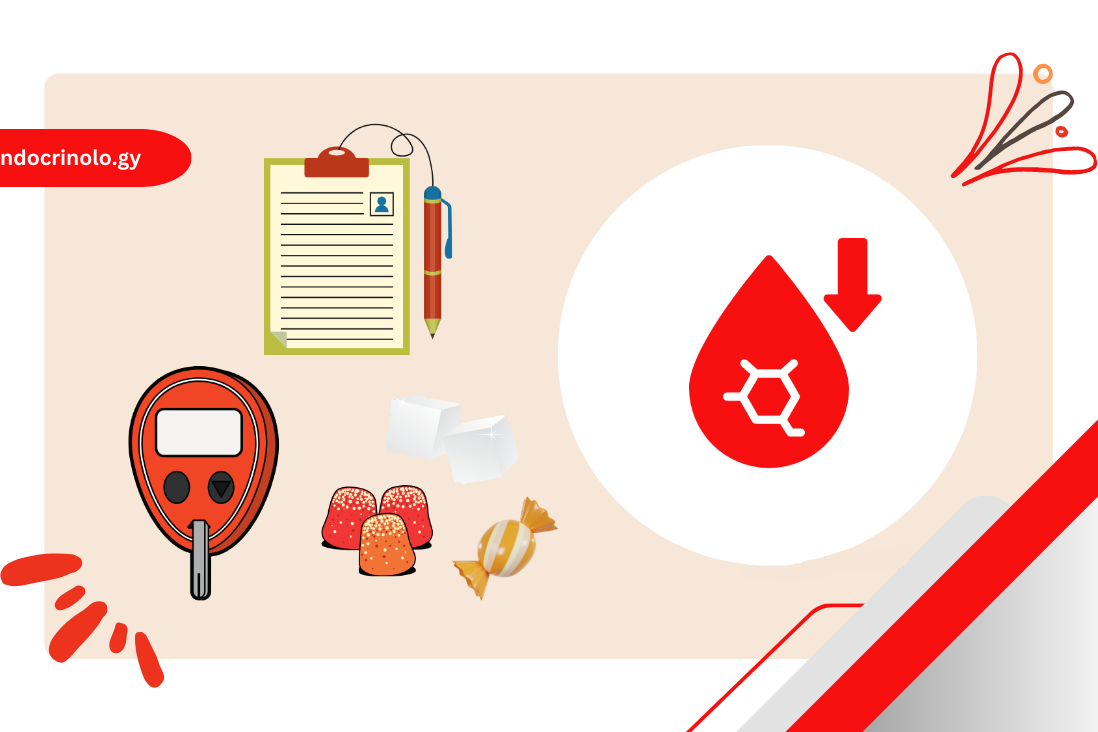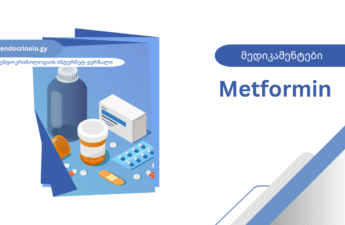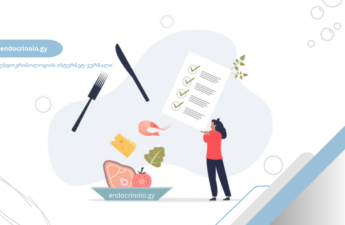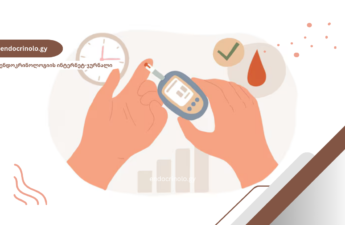How compatible can diabetes and sweets be with each other?
Does a diabetes diagnosis mean we'll never be able to enjoy a slice of our favorite cake without feeling guilty?
Of course, the answer to this question is – no.
The main question is how to do this in a way that minimizes the risks of harming the body.
Let's agree from the beginning that sweets are in the zone of prohibited products and that their systematic consumption is unacceptable when you have diabetes.
The ideal option is not to use it at all.
Why?
Because it is the simplest form of carbohydrate, which the body does not have to process, it is quickly absorbed into the blood, causing a rapid increase in glucose andRequires insulin rapid response production, which creates a problem in diabetic conditions.
In addition, products that contain such simple sugars often have zero nutritional value, meaning they contain virtually no beneficial vitamins, minerals, or macronutrients.
Instead, it has a high energy value, meaning it contains many calories that are easily stored in the body as fat. Because of this, such foods are known as "empty calories."
Examples of such products are:
- Lemonades and other carbonated sweet drinks, energy drinks
- Candies, chocolates
- Cake, donut, other confectionery.
Recommendations on how to include our favorite dessert in a diabetic diet as safely as possible
Meals that include dessert should be planned in advance, only as an exception, on "special" days, not every day.
It is best eaten not separately, but after the main course, as the definition of the word "dessert" itself implies.
Other carbohydrates, such as bread, rice, buckwheat, potatoes, beets, fruits, and dairy products, should be removed from this main meal, or their quantity should be reduced.
That is, we "exchange" them for the carbohydrates in the candy so that the total amount of carbohydrates consumed at one time does not exceed the amount we would normally consume.
According to the American Diabetes Association, 45-60 grams of carbohydrates are allowed per meal.
This main meal should include protein and fiber-rich vegetables, with a small amount of healthy fat.
The amount of sweets should be small and the option with the fewest calories and carbohydrates should be chosen as much as possible.
A dessert made with artificial sweetener can be used for this purpose.
Also, give preference to good quality dark chocolate.
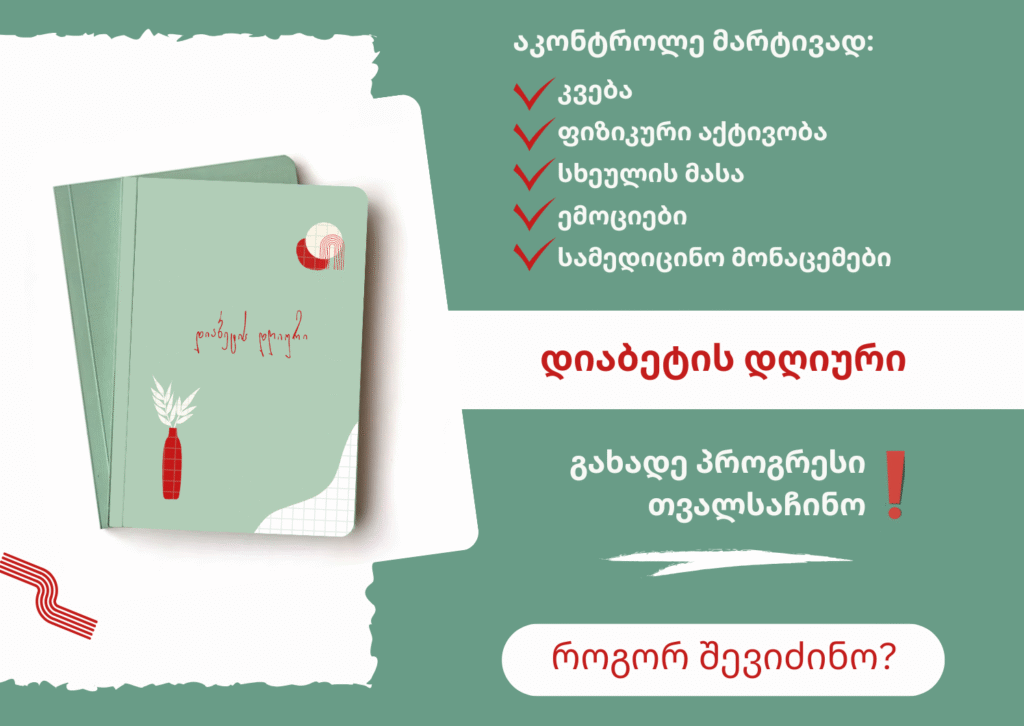
"Special" category of sweets
You should keep in mind that products that you find in the market and that are labeled sugar-free, no added sugar, diabetic, low-fat, gluten-free, etc. –They may still contain a large number of calories or a type of carbohydrate that causes a rapid increase in glucose.
In addition, when a product is lacking in sugar, fat, or the ingredients that make it taste good, the manufacturer has to increase the amount of flavorings and preservatives in it to maintain that taste.Which is why, ultimately, the so-called diabetic product may have a more harmful effect on us than its sugary counterpart.
Therefore, it is better to give preference to preparing dessert at home.
In this case, use artificial sweeteners and look for recipes that include products such as apples and other fruits, chia, cinnamon, and cottage cheese.
Also keep in mind that artificial sweeteners are not a completely safe option and should not be "abused" in uncontrolled quantities, as they have their own negative properties.For example, it can increase cravings for sweets, affect intestinal flora, etc. Therefore, it is important to use these products in moderation.
>>SUGAR, HONEY AND SUGAR SUBSTITUTES
Recommendation for those who have recently been diagnosed, or who, despite their diagnosis, find it difficult to give up altogether and still continue to consume sweets as usual –Reduce your intake gradually, for example, by planning to halve the amount of sweets you eat every other day. This way, you can slowly but relatively painlessly eliminate your irresistible craving for sweets.
Author: Elga Giorgadze (MD of Endocrinology)
English version summary
Diabetes and favourite sweets
How compatible can diabetes and sweets be with each other?
Does a diabetes diagnosis mean we'll never be able to enjoy a slice of our favourite cake without feeling guilty?
Of course, the answer to this question is – No.
Choose English version for more.

